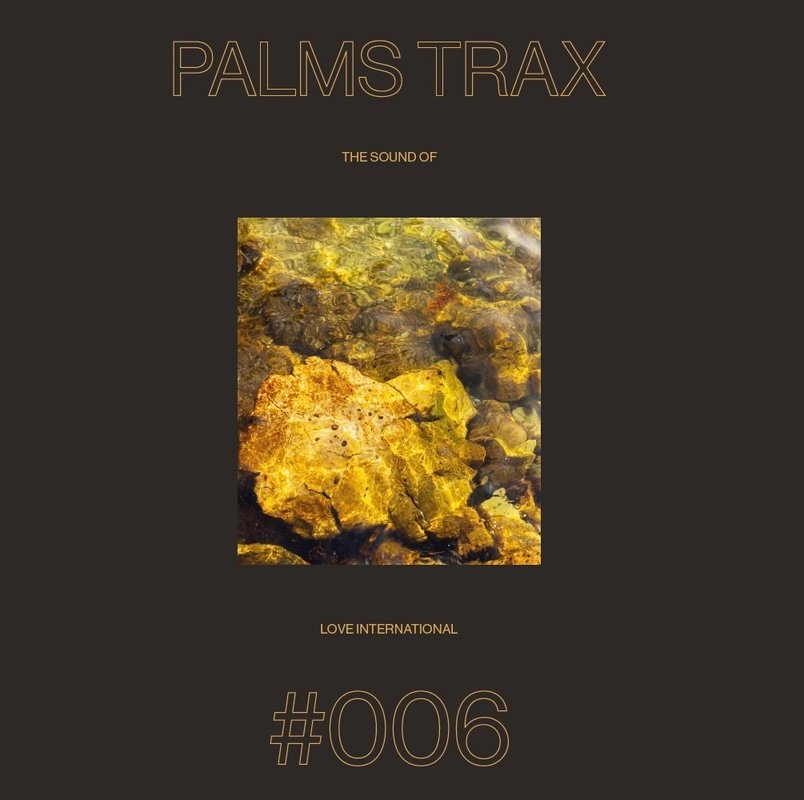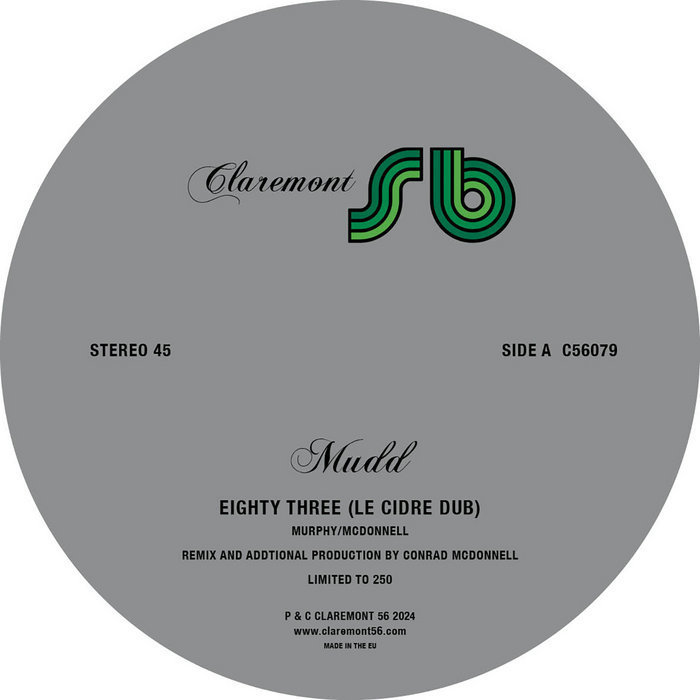Music From Memory recently released 'Virtual Dreams: 'Virtual Dreams II - Ambient Explorations In The House And Techno Age, Japan 1993-1999'. A compilation focussing on the music to the side of ambient that has more of an electronic edge. I guess we used to call it intelligent techno but it was definitely sealed as a genre to us as young people when Warp Records created the 'Artificial Intelligence' compilation and series and Aphex Twin released 'Ambient Works Vol.I'.
It was the perfect music for coming home to after the party or just generally getting lost in full stop. These compilations have done sterling work to continue this feeling and sound.
This compilation is very pertinent for Music From Memory as it's the last compilation Jamie Tiller worked on. We found it the perfect time to sit interview co-compiler with Jamie Tiller, Eiji Taniguchi and ask him about the album, the scene in Japan and more. We also have a mix to follow from Eiji in a few weeks which is lovely.
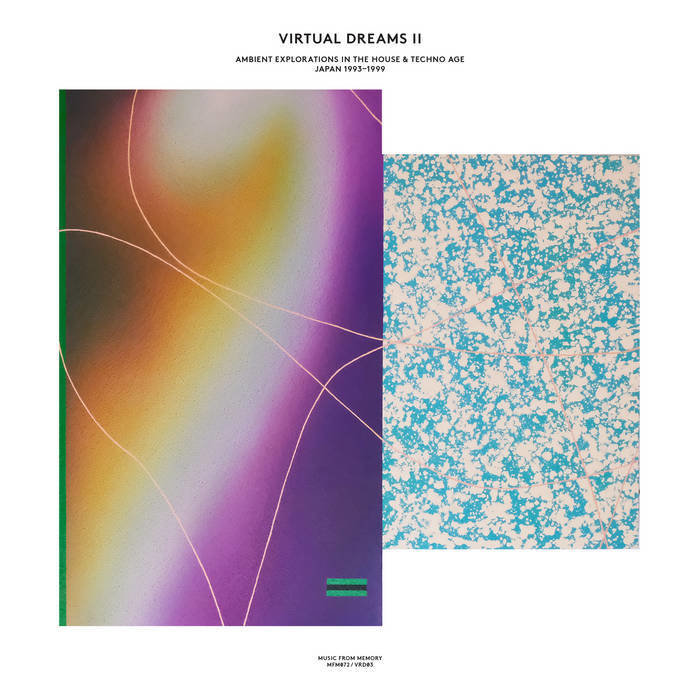
Apiento – The first compilation focussed on the European scene, this one focuses on the Japanese scene, specifically between the years 1993-1999. How did the shift in focus come about?
Eiji – In 2020, just before the first compilation was released and after the mastering was finished, Jamie sent me the audio for Vol. 1. He explained the concept behind the compilation and invited me to work with him on creating a Japanese edition. So from the very beginning, Jamie had the idea of making both Vol. 1 and Vol. 2 in his mind. He even sent me some possible tracks for vol.2. I believe he had an even bigger plan in mind.
Apiento – Reading the press release it is suggested that Japan missed the first wave of acid house - how do you think this affected the club scene in Japan and in turn the music scene affiliated with this?
Eiji – I think there was already a club scene in Japan at the time, but it wasn’t as big as in Europe or the US, and that remains true even today. Because of this, there’s been a kind of pure sound experimentation happening in Japan, in a way that wasn’t necessarily DJ-friendly, but allowed for more freedom to explore new ideas.
Apiento – How did you get into this music Eiji? Were you working in music at the time? Tell us a bit of your story…
Eiji – It all began when I moved to London at the age of 18 in the 90's and was introduced to the club culture there, as well as the eclecticism of DJs. That’s when I really started listening to most of the genres I’m into now—house, jazz, Brazilian music, hip-hop, techno, ambient, jungle, and more. There were so many record stores in Soho alone, and I was able to buy all kinds of music.
Five years later, I returned to Japan and started selling records online as a private dealer. During a record-buying trip to the Netherlands, I first met Jamie. At that time, Jamie hadn’t yet started Music From Memory and hadn’t met Tako either, I think. We quickly became good friends, and whenever I visited the Netherlands, we would go digging for records together. He often talked about how much he loved Tako’s mixes. And in 2010, we went on a buying trip together to Germany—Jamie planned the trip, and I drove. That might have been our first real project together.

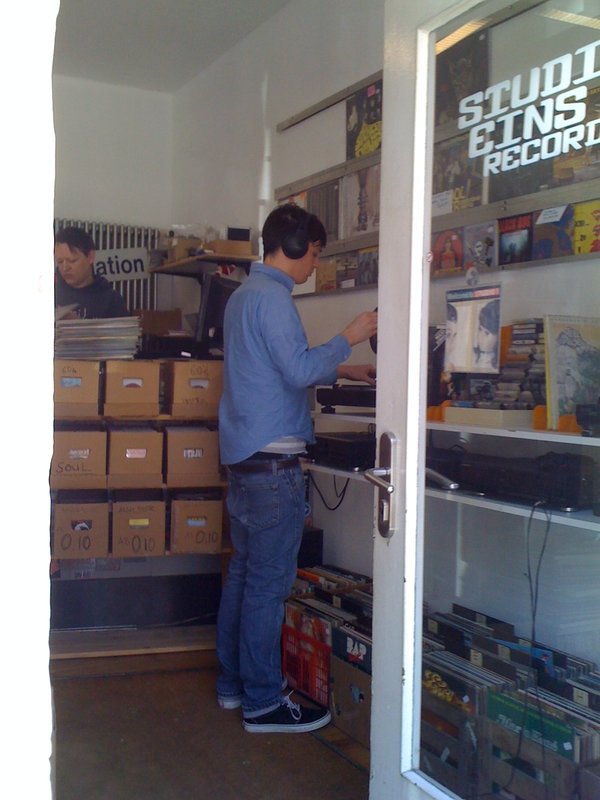
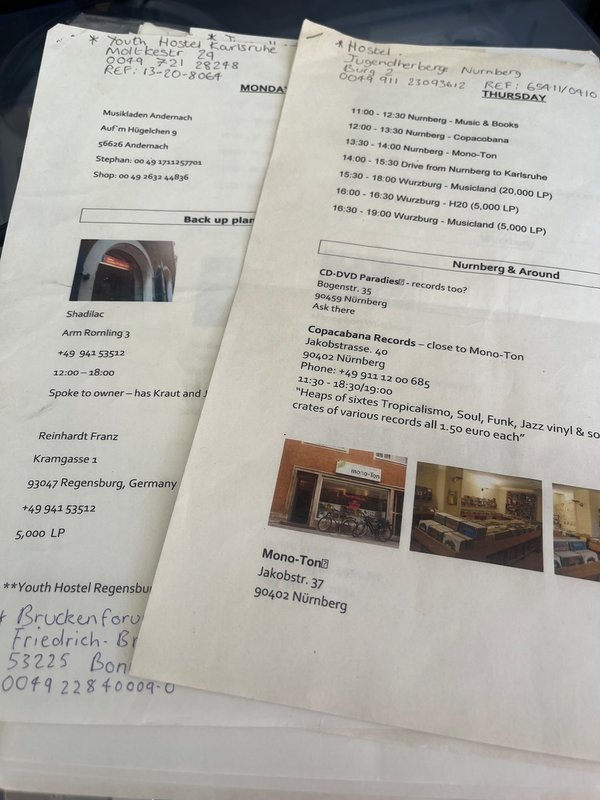



Apiento – This is sadly the last compilation that Jamie Tiller worked on before his untimely and sad passing. What was the process like?
Eiji – I was fortunate enough to collaborate with him on three compilations. While the credits might differ slightly, our roles were generally the same. As Jamie liked to say, it was like creating a ‘mood board’—we would just share a wide variety of tracks and put them all on the table. I took on more of the research side, and Jamie would make the initial selections. Then together, we would narrow it down further. He always had a clear vision and also approached everything with a producer’s mindset. When we hit roadblocks with licensing, he would always offer the right advice. He was incredibly persistent and always found ways to make licensing successful.
While every part of the process was difficult, creating the tracklist was by far the most challenging, especially this time, as I had to do it on my own. With only around 20 minutes per side and so many long tracks, it felt like solving a puzzle with no answer. I had to revise the tracklist many times, adapting to the tracks we could license.
I listened to Volume 1 countless times, but with Volume 2, I felt that the tracks Jamie selected were a bit different. It’s hard to explain, but it may have reflected how he was feeling.
Apiento – Ken Ishii is very central to the story of Japanese dance music and specifically techno and its more esoteric sound. Can you tell us a little about how he is seen and perceived and the role he played in this music and the scene itself?
Eiji – Interestingly, he first debuted on Belgium’s R&S Records, so he wasn’t initially well-known in Japan. In some ways, he’s seen as a bit of a 're-imported' artist. A clear sign of this is how he’s referred to as 'Ken Ishii' in Japan, rather than in the traditional Japanese order of surname first, then given name.
One of the most distinctive aspects of Ken Ishii’s music is that it’s hard to pinpoint any direct influences. This might be partly due to a rumor that, early on, he was using a synthesizer with broken preset sounds, which contributed to the uniqueness of his sound. His style is incredibly diverse, and like many Techno artists at the time, he released under various aliases and worked on countless remixes. Jamie particularly liked Ken’s deeper, more esoteric, and ambient-leaning works.
Apiento – In the liner notes there is talk of the fact that ‘Unlike many parts of the word where music is often perceived as something to dance to, the belief is pervasive in Japanese society that music is something we “sit and listen to”. Not just in techno but across all genres’. Where could you sit and listen to this music we are hearing on the compilation at the time? Did the chill out room exist in Japan? I imagine Japan would do chill out rooms very very well.
Eiji – I think this probably relates to the fact that DJ culture only really began to take off in Japan in the '90s. In Japan, when it comes to what's most important—whether it's 'listening,' 'dancing,' or 'producing' music—it seems like 'listening' is comparatively more emphasized. This might also be influenced by the economic situation at the time. In the '90s, Japan was one of the world's biggest importers and ‘listeners’ of dance music. Anyone who’s come to Japan for record digging would likely notice that in the record stores.
But of course, there were techno/rave parties and Chill-out rooms in Japan too. For example, 'Buddhastick Transparent,' who contributed to this compilation, was known for often playing in chill-out rooms.
Apiento – This style of music is very much a scene and sound that I love - the likes of early Black Dog etc is some of the best music made in my book. Who are your non-Japanese favourite artists?
Eiji – Of course, Black Dog is a big one, but also Aphex Twin, Kim Cascone, Seefeel, releases from the Apollo label, Pete Namlook, From Within, Spacetime Continuum, Sun Electric, and The 7th Plain, Global Communication... There are probably many more I could mention!
Apiento – How would you have discovered music like this in Japan?
Eiji – Most of the tracks featured in this compilation weren’t ones I discovered in real-time but rather through later digging. At the time, not many were pressed, and I imagine only a limited number of DJs and collectors had access to them. Even now, a lot of these releases are hard to find. I bought anything I could from well-known labels like Transonic Records, Sublime Records. I also used Discogs' advanced search to track down unknown artists and gradually brought up '90s Japanese IDM music. Sometimes, I’d even get deadstock directly from artists or record stores.
Apiento – Can you recommend five new Japanese artists that we should check? Maybe a top 5 new tracks?
Eiji – Sure...
1. Tokiyo Ooto × orhythmo - Hey Diddle, Diddle from “If All The World Were Paper” 2024
Acid Folk from Osaka. bought this at Naminohana Records.
2. CHIYORI・YAMAAN・MARIAPEPINOS - Shadow Dancers from “OMEDETOU PARABIÉN” (Juraku Rokuon) 2024
2nd release by the CHIYORI × YAMAAN. 1st one is known for Sauna anthem “Mizuburo”.
3. Kumachan Seal - Radonamin from “Kumachan Seal” (JEM Records) 2023
Solo release by the member of Neco Nemuro. released from the renowned Osaka indie label, EM Records
4. Haruko Oishi - Hatsuon from “Myakukou” (Haruko Oishi) 2022
A female ssw/new soul artist.
5. Frankie $ - Follow Me (Little Dead Girl Remix) from “SFTM012” (Set Fire To Me) 2023
Afro House released from my friend Torei’s label. Little Dead Girl is now active under the name ‘Abiu’.
Apiento – Thanks for your time today. One final question. You can have one album to take on a desert island with you. Whats the essential record you will take and why?
Eiji – It might be a bit of a cheat, but I’d choose one of my favorite compilations, A Brief History of Ambient Volume 1 released from Virgin. This series is incredible, and I also listened to Ocean Of Sound a lot back then. I think it really shows what a great compilation can achieve.Plus, it would be the perfect background music for falling asleep on the island!

'Virtual Dreams - Ambient Explorations In The House And Techno Age, Japan 1993-1999' compiled by Jamie Tiller and Eiji Taniguchi with artwork by Kenta Senekt and design by Steele Bonus and liner notes by Itaru W. Mita is out now on Music From Memory on 2 x LP and 2 x CD. Head HERE to Bandcamp to check the album. It goes without saying it's great.

